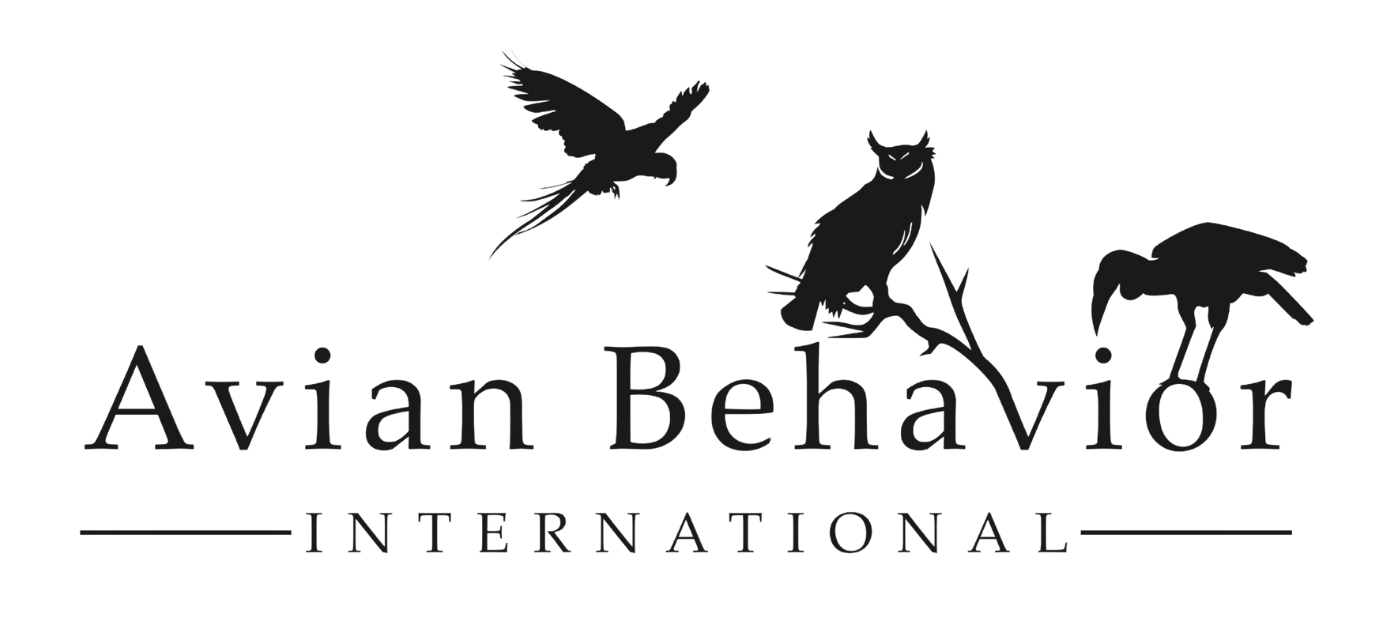
29 May Coping: Reducing Stressful Beak Trims
Let’s talk about something most people never think about when it comes to birds of prey: beaks.
We all admire those powerful, curved weapons—how they tear through meat with ease, how they shape the silhouette of a raptor’s face. But what happens when those beaks grow… too well?
In human care, birds of prey aren’t working their beaks the same way they would in the wild. They’re not cracking bone, tearing sinew, or grinding through feathers and fur on a daily basis. They’re also on a richer diet, consistently. Combine those factors, and you get beaks that grow faster than they wear down—and that’s where coping comes in.
Coping is the process of trimming a bird’s beak to keep it functional and healthy. And if you’ve never seen it done, it might sound simple. But the truth is, there’s a lot more to it than just picking up a Dremel.
Why We Need To Trim Birds’ Beaks
Yes, coping is routine. But if a bird needs it more than twice a year, that’s a signal to look deeper. Nutritional imbalances, liver conditions, metabolic issues, even past injuries can all contribute to abnormal beak growth. I’ve worked with parrots and raptors who needed extra attention because of a past break or systemic deficiency. In some cases, just changing the diet or introducing better foraging can make all the difference.
Tools, Techniques, and Doing It Right
I’ve tried all the methods: rasps, nail trimmers, exacto knives. These days, I mostly use a Dremel—with the right grit depending on the bird. Heavier grain for eagles or vultures. Smoother bits for the smaller species. The point isn’t which tool you use, though—it’s how well you use it. Coping done poorly can cause trauma, not just physically but in the relationship you have with your bird.
That’s why restraint matters just as much as the trimming itself.
What Restraint Really Means (and Why I Had to Get Good at It)
No one loves restraining birds. I certainly don’t. But I had to get good at it—really good—because the better I am, the less time the bird spends in that stressful state. We do it quietly. We do it efficiently. We don’t sugarcoat what’s happening by saying “it’s okay.” We’re honest, clear, and purposeful.
And yes, we even wear ridiculous outfits when we do it—something the bird never sees otherwise—so they don’t associate their everyday trainer or caregiver with the unpleasant moment. That kind of clarity builds trust, even when we’re doing something the bird doesn’t enjoy.
Reducing the Need for Coping in the First Place
There are ways to minimize coping, and this is where things get interesting. On the bird’s off days, offer whole prey items that require actual tearing. Rats, quail, even poultry heads (sourced carefully) help birds wear their beaks naturally. Frozen prey works too—yes, even in the wild, I’ve seen owls eat frozen doves.
When done right, this kind of enrichment mirrors the functional wear they’d get in nature. It doesn’t just save you a coping session. It gives the bird a chance to be a bird.
Want to see exactly how it’s done?
Watch the new Coping course inside the Avian Behavior Lab.
Get two weeks free with code AVIAN — and get a behind-the-scenes look at the skills and decisions that go into this essential part of raptor care.

